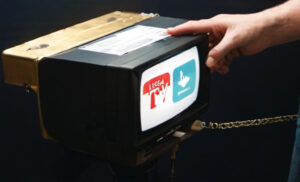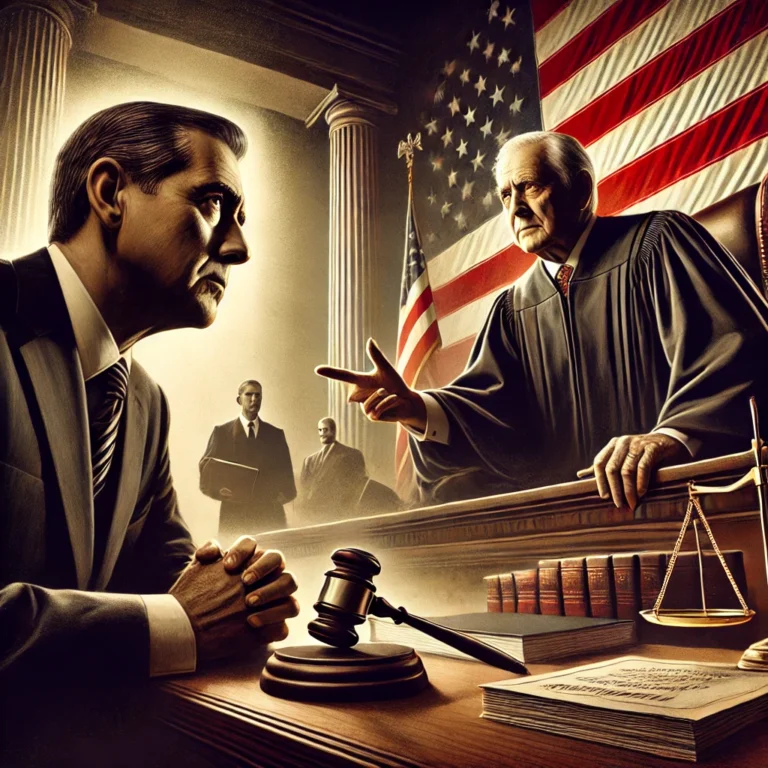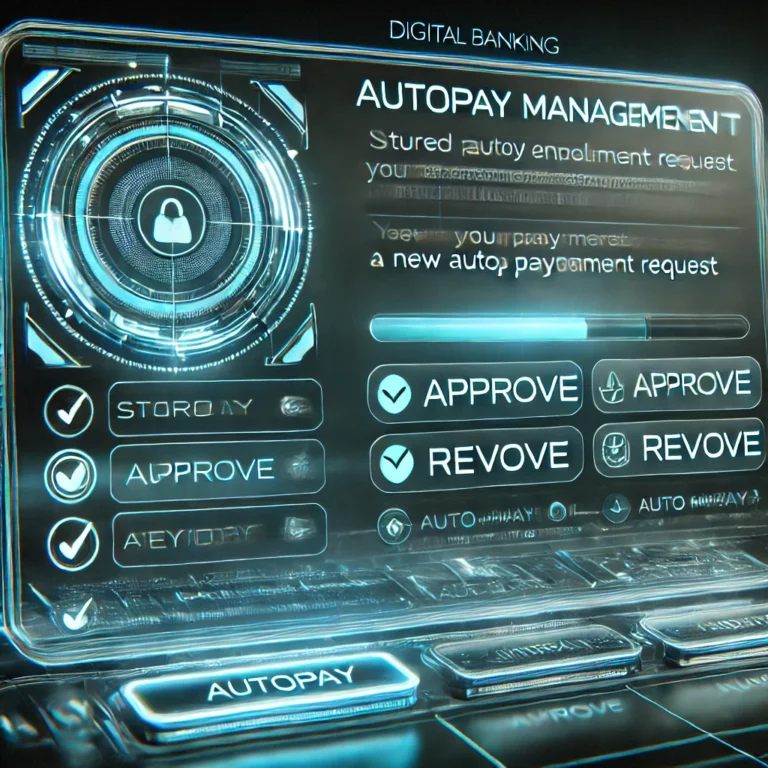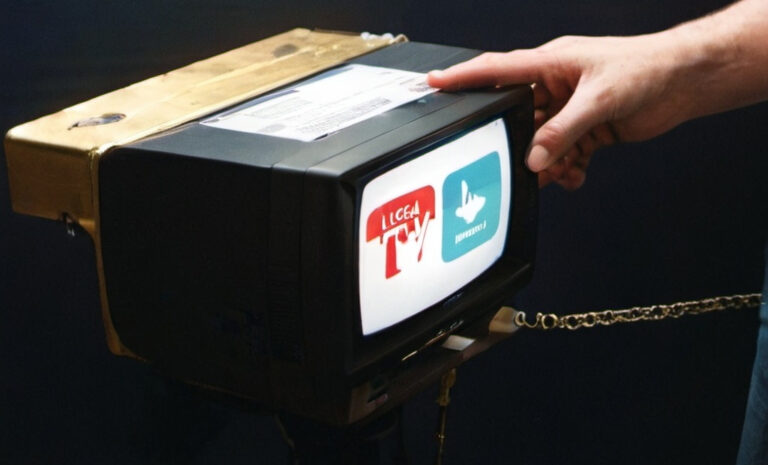How Streaming Services Turn Choice Into a Lock-In
By: A frustrated streamer who just wanted to watch the news
Published on: 03/28/2025
But somewhere between my trial week and my second billing cycle, I realized I was paying $82.99/month for a bunch of content I don’t watch, never asked for, and can’t opt out of. Local news was my goal — sports, kids’ channels, and foreign-language bundles were not.
Turns out, I’m not alone. Millions of consumers are trapped in this exact setup. And based on what I’ve learned, this might not just be annoying — it could be legally problematic.
What Is Forced Bundling (a.k.a. Tying)?
Forced bundling, or tying, is when a company makes you buy one product or service as a condition for getting another. It’s like saying, “You can have this sandwich, but only if you also buy this pack of gum.”
In the streaming world, this means locking must-have content (like your local NBC affiliate) behind a wall of channels you didn’t request. You want one thing — but you’re forced to take (and pay for) twenty.
That might sound a lot like cable TV. That’s because it is. Streaming was supposed to be different. Instead, many of the same bundling tactics are being repackaged — just with slicker interfaces.
So Is That Even Legal?
I’m not a lawyer (and I’ll say more on that later), but I spent weeks researching this. And here’s what I found.
🔹 The Sherman Antitrust Act
The Sherman Act is a federal law that prohibits companies from using their power to squash competition. Tying becomes illegal when:
- A company has market power in the “must-have” product (like local channels)
- It forces consumers to buy something else to get it
- And the practice affects competition or consumer choice
In short: If YouTube TV is making you buy 75% unwanted content to access the 25% you actually want, and if competitors can’t offer you just what you need — that may be a problem under antitrust law.
🔹 The FTC Act
The Federal Trade Commission prohibits deceptive business practices. If a company markets itself as “flexible” or “cable-free” but then uses hidden bundling and substitutes ads or content, that can count as deceptive or unfair conduct.
YouTube TV promises live local channels “just like cable” — but many users don’t realize their feeds are altered (e.g., replacing local commercials with their own). That’s a content switcheroo — and potentially misleading.
🔹 California’s Unfair Competition Law (UCL)
California residents get extra protection. Under the UCL, business practices that are unlawful, unfair, or fraudulent can trigger legal action. Class action, even.
The UCL is a powerful tool because it allows lawsuits without needing to prove monopoly power — just deception or harm. If you’re a California resident being forced to pay for stuff you never use, this law might apply to you.
The Economic Impact: A $6 Billion Headache
Let’s get specific. Here’s a simple breakdown of how much this bundling might be costing us:
- Monthly cost of YouTube TV: $82.99
- Estimated % of unwanted channels: 75%
- Unwanted portion per month: $62.24
- Annual overpayment per subscriber: $746.91
- Total subscribers: 8 million
💸 Total Annual Overpayment: $5.98 Billion
That’s not a rounding error. That’s billions in consumer dollars going to support a distribution model that most people never signed up for — literally.
But Isn’t That How Cable Always Worked?
Exactly. And that’s the issue.
Cable forced bundling on consumers because they controlled the pipeline. But streaming was supposed to change that. Platforms like YouTube TV, Hulu Live, and Sling promised “freedom” — and then copied the same bundling playbook.
Except now, it’s even harder to opt out. No a la carte. No pricing adjustments. Just more bundles, more bloat, and more bill shock.
Could This Go to Court?
Potentially. Legal scholars like Hovenkamp (Yale Law), Francis (Columbia Law), and Pakula (UCLA Law) have all warned about the risks of tying arrangements in digital platforms. It’s already sparked lawsuits in other industries — from smartphones to search engines.
And California’s UCL makes class actions possible, especially when the deception is widespread and documented. This isn’t just a legal theory — it’s a case waiting to happen.
What Can We Do About It?
- Vote with your wallet: Choose platforms that offer true flexibility
- Share knowledge: Most people don’t know how this works. Tell them.
- Push for transparency: Ask platforms to show channel value, usage stats, or offer unbundled tiers
- Support regulation: Antitrust isn’t just for giant monopolies. It’s for protecting consumer choice
And if you’re in a position to file a complaint with the FTC or your state attorney general — do it. That’s how change starts.
Final Thoughts
None of this is meant to bash YouTube TV alone. It’s about the wider trend. Streaming was supposed to be different — but in many ways, it’s becoming just like cable, with better branding and no box on your shelf.
I believe we deserve real choice, not lock-in disguised as innovation. If platforms are profiting from content you don’t use — and you can’t opt out — something’s broken.
We should be paying for value, not for filler. And the law might agree.
Sources and Further Reading
- Hovenkamp, H. (2020). Antitrust and Platform Monopoly.
Yale Law Journal - Francis, D. (2024). Monopolizing by Conditioning.
Columbia Law Review - Pakula, O. (2020). The Streaming Wars+: An Analysis of Anticompetitive Business Practices in Streaming.
UCLA Entertainment Law Review - Choi, J. P. (2004). Antitrust Analysis of Tying Arrangements.
CESifo Working Paper Series
I am not a licensed attorney, and this article does not constitute legal advice. The views expressed are based on my own research and opinion. If you are seeking legal counsel, please consult a qualified attorney in your jurisdiction.




